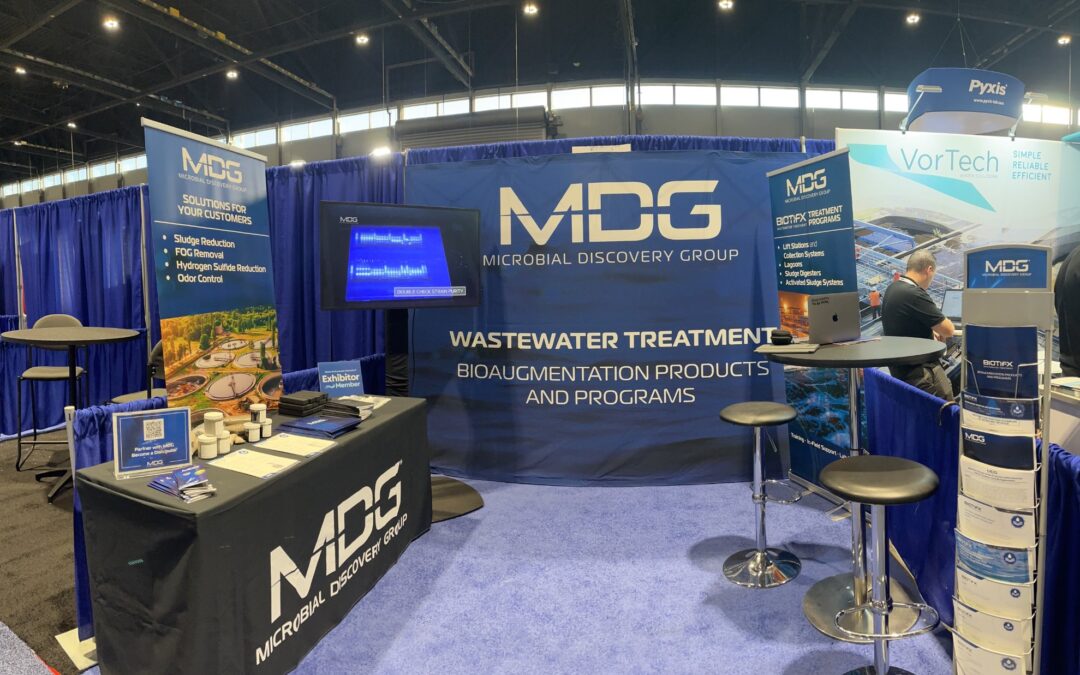MDG has the resources and production capacity to meet your custom fermentation needs, helping you create a high-quality microbial product for your formulations. With decades of experience in microbial manufacturing, our microbiologists, fermentation team, and production specialists are here to answer your questions and provide guidance to scale your strains with us.
One important element of scale-up production is choosing which method to use for drying your product. At MDG, we offer two different drying methods: spray drying and freeze drying. Each drying process has its unique steps and merits, but either way, if you choose to dry, we can help you succeed. Read on to learn more about spray drying and freeze drying, so when you partner with us, you’re ready to begin the process!
Different Custom Fermentation Drying Methods
Method One: Spray Drying
Spray drying is a method that uses heat and airflow to produce the final powdered culture from spore slurry. Before beginning the large-scale process, our production specialists will conduct testing with our pilot spray dryer. These trials typically include seeing how different flow and bulking agents will affect the outcome of the final powder product. During this period, we also determine the capture rate and powder return of your slurry, and our Quality Control department gets involved to calculate the CFU/gram (Colony-Forming Unit per gram).
Once proper adjustments have been made based on what we’ve discovered during the testing run, we will begin drying at full scale. A typical Bacillus spray drying process looks like this:
- While the spray dryer warms up, the slurry is transferred to a container where flow and bulking agents are mixed in.
- Once the mixing is done and the air flows in the dryer are evened out, the slurry is fed into the spray dryer. The slurry moves through the dryer rapidly and is exposed to high temperatures, transforming it into a powder.
- The newly formed powder is then collected from a cyclone at the end of the drying process.
As the drying process is carried out, our production specialists collect and sample the powder from the cyclone periodically to ensure that the product aligns with our in-process specifications. We check for water activity and moisture content, among other variables, to ensure the final product fits your original intentions.
Benefits of Spray Drying
One significant benefit of spray drying is the ability to control the particle size of the powdered culture. Being cognizant of particle size early in the process allows you to control the stability of the particles down the road when you are using them to formulate your products. Additionally, moisture count and water activity can also be controlled when spray drying. Using the spray drying method can also be quicker and less expensive compared to freeze drying, depending on your needs.
Method Two: Freeze Drying
Freeze drying uses sublimation to draw moisture out of the spore slurry and create a dried cake of your culture as a final product. The standard Bacillus freeze drying process looks like this:
- First, the spore slurry is poured into trays on freeze dryer racks. Racks are divided into individually regulated zones; this ensures greater control over the process. Once the racks are full, our team brings everything in the freeze dryer down to the same temperature—this is called stabilization.
- After the elements of the freeze dryer have been stabilized, sublimation begins. As water is released from the product, the molecules are drawn toward the nitrogen running through cold plates beneath each tray. This prevents water from being taken into the pumps as the freeze dryer is running.
- Sublimation is complete when the freeze dryer has drawn as much water as possible out of the product. Our production specialists then drive the temperature inside the dryer above negatives until the product on the racks has formed a dried cake.
As with spray drying, samples are collected and analyzed by our team after the cake has been removed from the freeze dryer, pulverized, and homogenized. We do this to test the CFU/g of the cake and various other specifications.
Benefits of Freeze Drying for Custom Fermentation
Freeze drying allows you to dry more than just Bacillus. You may be working with a fragile product in the plant sphere that cannot be exposed to extreme heat or rough movement. In this case, freeze drying may be the choice for you, as the process can be gentler than spray drying’s high temperatures and rapid air flows. Our lab and production experts at MDG are equipped to help you identify which method of drying is best for your product to ensure a high-quality outcome.
MDG’s Custom Fermentation Expertise
Whether you choose freeze drying or spray drying, MDG is your partner for developing high-quality ingredients that take your business to the next level. We have the capacity to grow your strains while saving you time and money with our in-house capabilities. For more information, contact us today!
MDG is the Bacillus solution that helps you scale and streamline without sacrificing product effectiveness.









